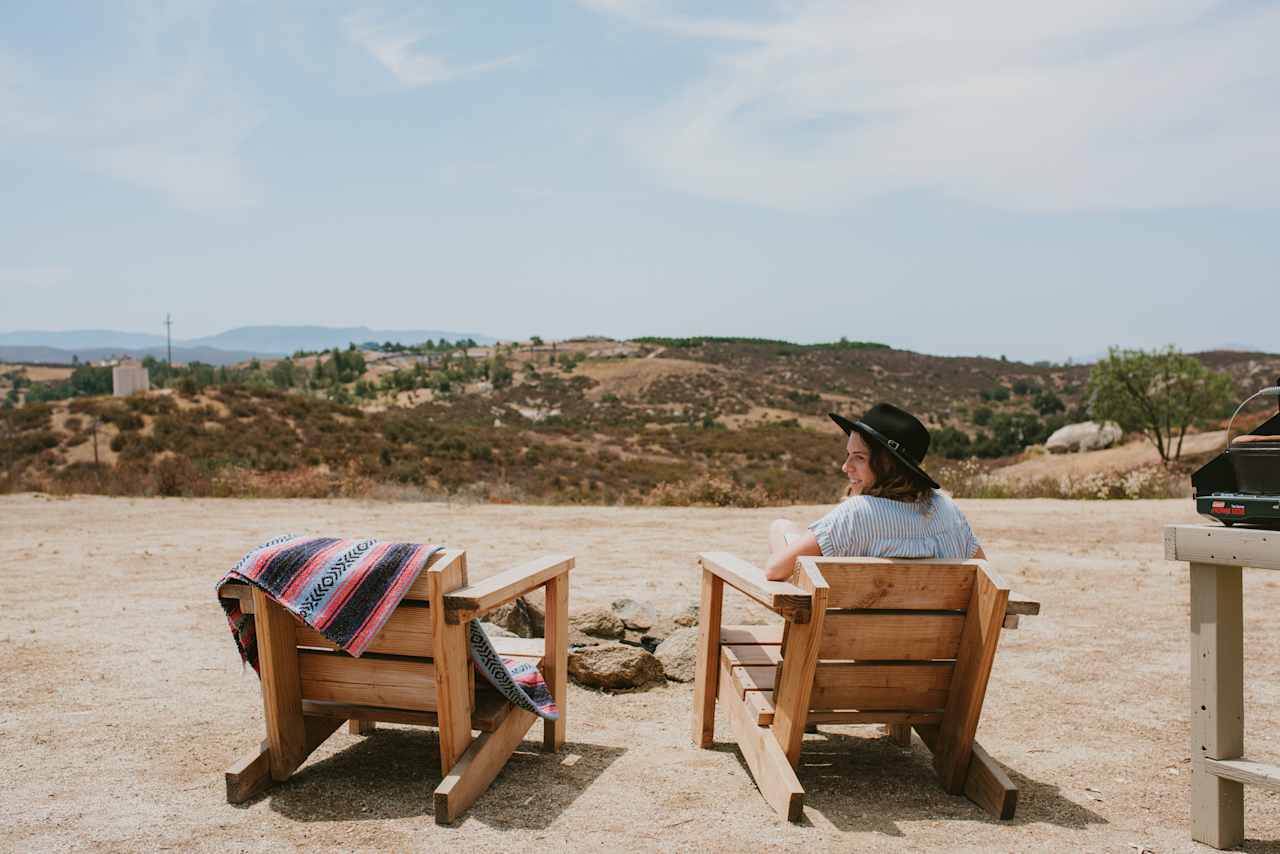
WEIGHT: 57 kg
Bust: Medium
One HOUR:80$
Overnight: +50$
Services: Fisting vaginal, Oral, Sub Games, Massage professional, Deep Throat
A variety of transportation modes brought people into Carlsbad by road, train and air. The importance of roads cannot be overlooked, as they are fundamental in allowing access into and out of an area. The first documented account of land travel comes from the Crespi- Portola records. The Spanish Exploration team walked north, along a preexisting trail on the eastern side of Carlsbad's three lagoons.
Originally made by Native Americans and later improved on by the Spanish, Californios and early American settlers, the trail followed the upper ridgelines on the coastal hills. Staying on the high ground facilitated travel by eliminating severe erosion.

Bits and pieces of this trail became El Camino Real and it was Carlsbad's first road. During the Rancho days, El Camino Real provided the only north southland transportation route for travelers, passing through Rancho Agua Hedionda. Once rail lines were established, El Camino Real played an important role in train service.
Stagecoaches traveled the road daily bringing passengers to the coastal train depots. El Camino Real remained a simple oiled dirt road up to the late s. The Marine Corps wanted two land routes connecting their base to San Diego.

Prior to the 's, Highway was the only road running all the way from San Diego to Los Angeles. Often, coastal weather conditions obscured visibility on Highway and slow moving traffic caused congestion. San Diego County and the City of Carlsbad undertook a joint project widening the two lane El Camino Real to four lanes in anticipation of future mall traffic. Between and a tremendous amount of development and construction occurred along El Camino Real. Housing subdivisions, shopping centers and business parks gradually replaced the agricultural fields running along either side of the road.



































